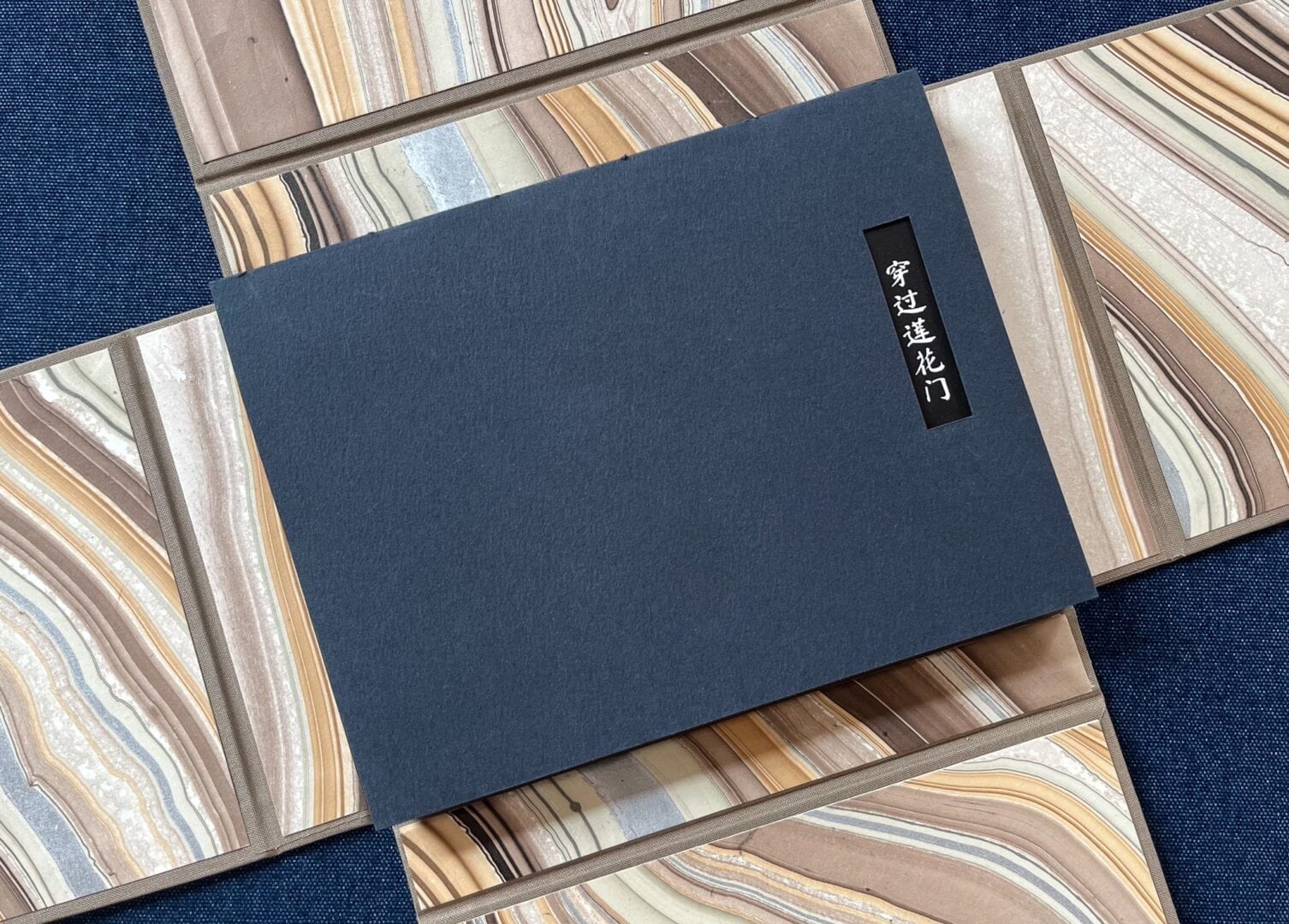
Tatter Blue Library recently acquired an artist book entitled Through the Lotus Gate by textile and book artist Katie Han. We spoke with her about the making of this book, her artistic practice, and her background as an artist.
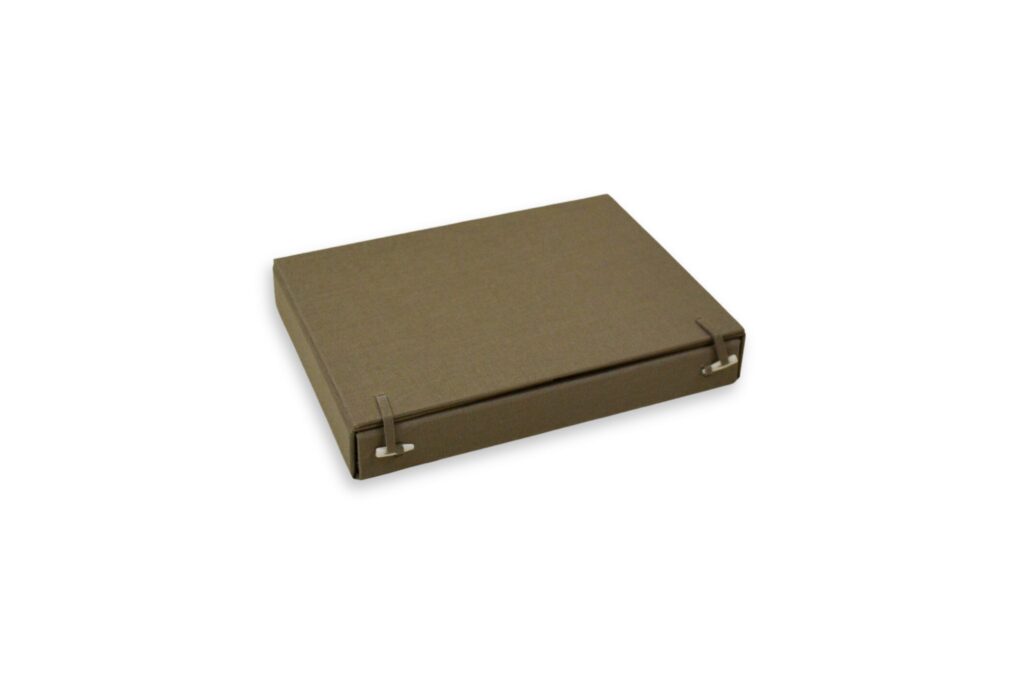
What is your earliest memory of a textile? An important textile from your childhood?
There isn’t a singular textile that stands out to me; they were just a significant part of daily life growing up. My parents are immigrants from China, and when I was very young my grandparents would stay with us for months at a time to care for my sister and me. Being in a growing family that was newly transplanted in the United States, I grew up watching both generations extend the lifetimes of material objects for as long as possible. Whether they were the curtains that separated the doorway between our kitchen and living room, a certain floral dress my mom wore for many years, or all the hand-me-down clothing I got from my older sister—they were around for so long that they took on roles as unique characters in the landscape of my childhood.
How did you become interested in textile work? In artist books?
I have always loved doing crafts, especially with fabric. I remember my mom teaching my sister and me how to sew a cube out of fabric scraps and turn it inside out so all the seams were hidden —it really blew my mind as a child.
Formally, I studied textiles at the Rhode Island School of Design (RISD). I was originally enrolled in the Industrial Design department, but it just wasn’t the right fit. After seeing the senior thesis show of the Textiles department during my sophomore year, my long-standing relationship with textiles was suddenly reawakened, so I decided to switch over.
As for artist books, what’s not to love? It’s storytelling with the added materiality of special papers, hand-sewn bindings, marbled endpapers, and beautiful boxes. I love when artist books become very abstract, and more like sculptures.
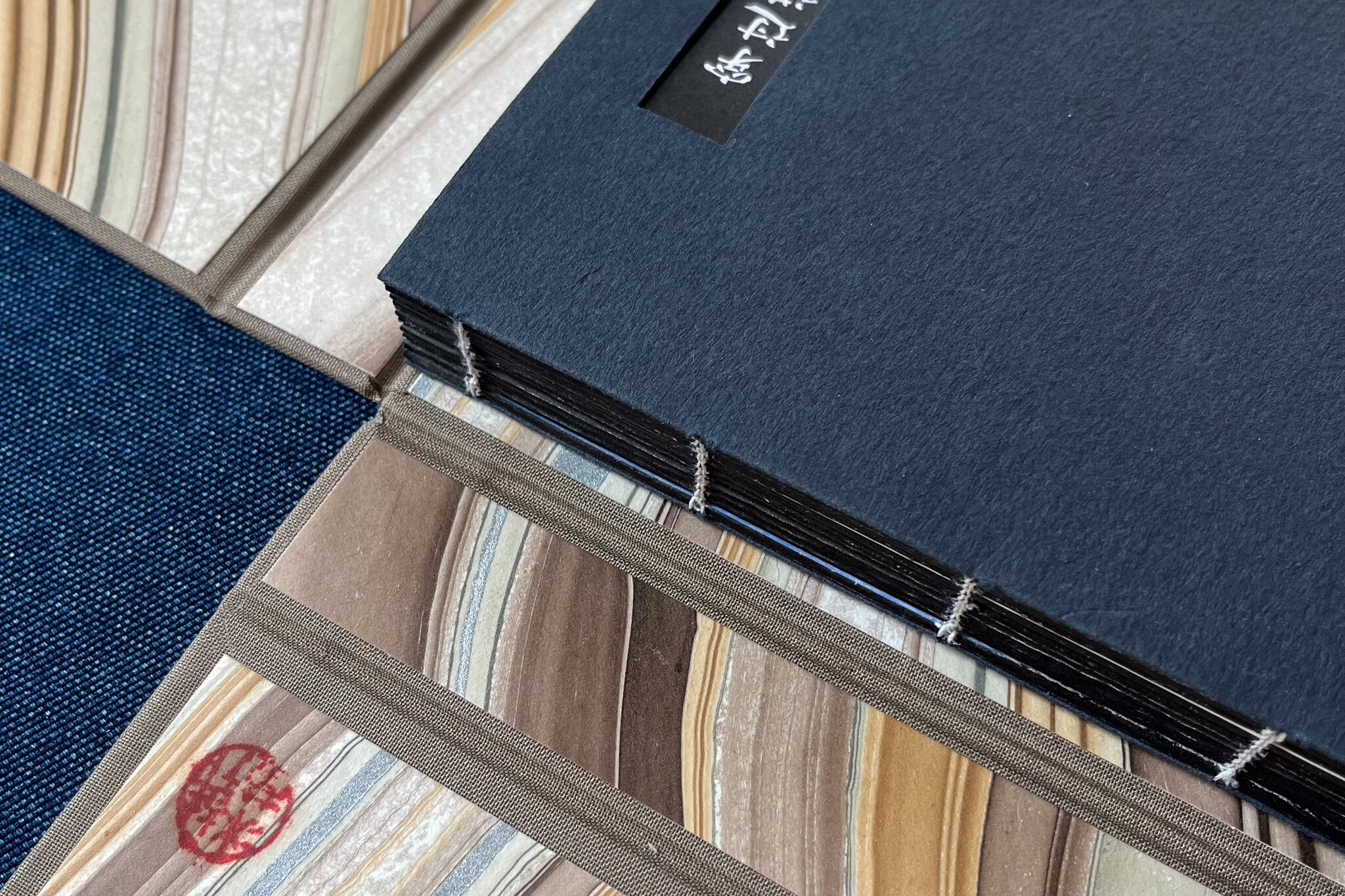
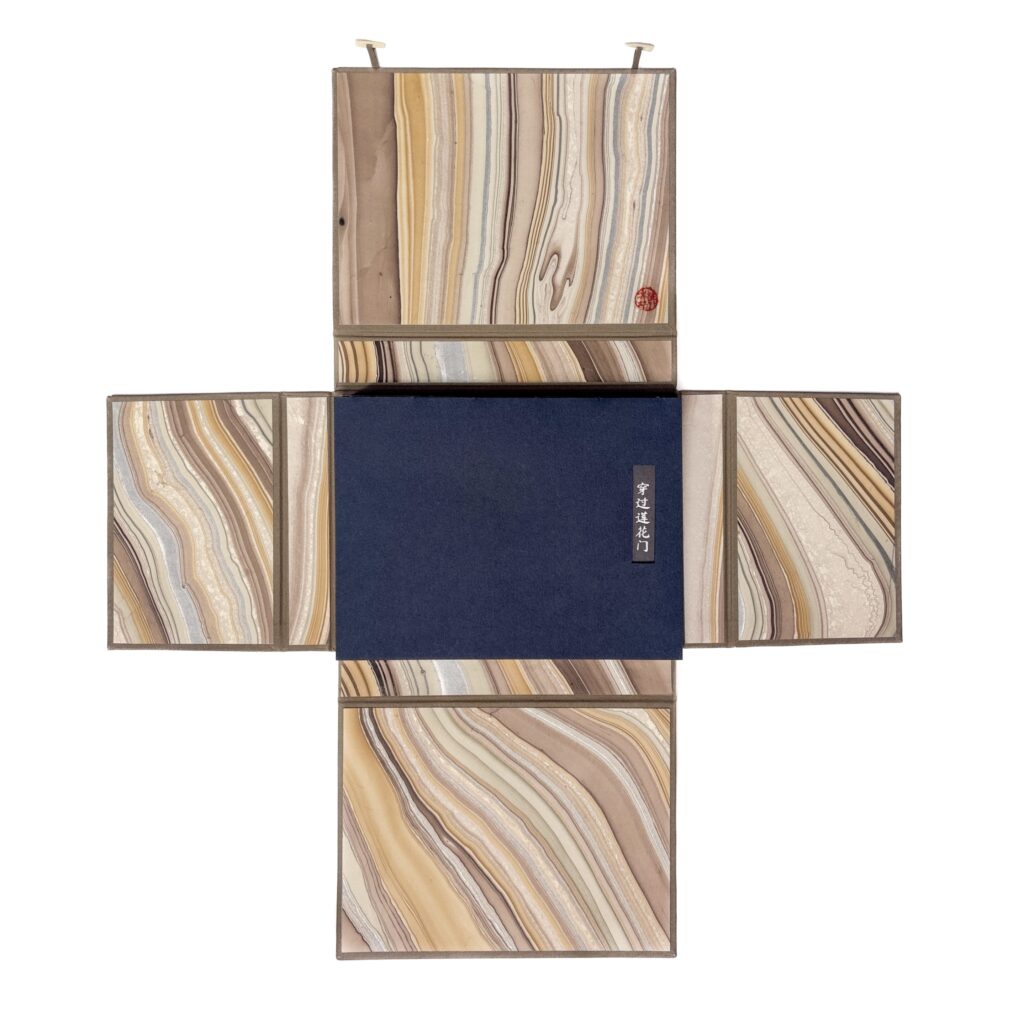
Who are your inspirations, both in textile work and bookmaking? In life?
It’s hard to know where to begin! Folk artists, outsider artists, friends, strangers, musicians, nature, the list could go on forever.
How do you separate your design work from your personal practice? Are these practices connected?
I’ve arrived at a place where my design work and personal practice are completely separate, and for me, it totally works. By day I am a knit development designer, and recently returned to Providence to work as a knit technician at RISD. The work is very mathematical and demands a lot of logical problem-solving. I work with industrial knitting software, as well as the hardware of the machines and doing physical repairs.
In my personal practice, it’s all about feelings and introspection – how do I see myself within myself, and within the world? I like the variety and that I get to do both without pulling energy from the same pool.
How do your textile and bookmaking practices connect and speak to each other?
I am relatively new to bookmaking but enjoyed carrying over the material storytelling of textiles into decisions about the paper, bookcloth, and binding technique. For example, I really loved that you could see the knots in the thread from the sewn binding for the first draft of the book, so I asked the bookbinder I was working with—Judith Ivry—not to hide them for the final editions. The knots are evidence of human touch and are often seen in handmade textiles.
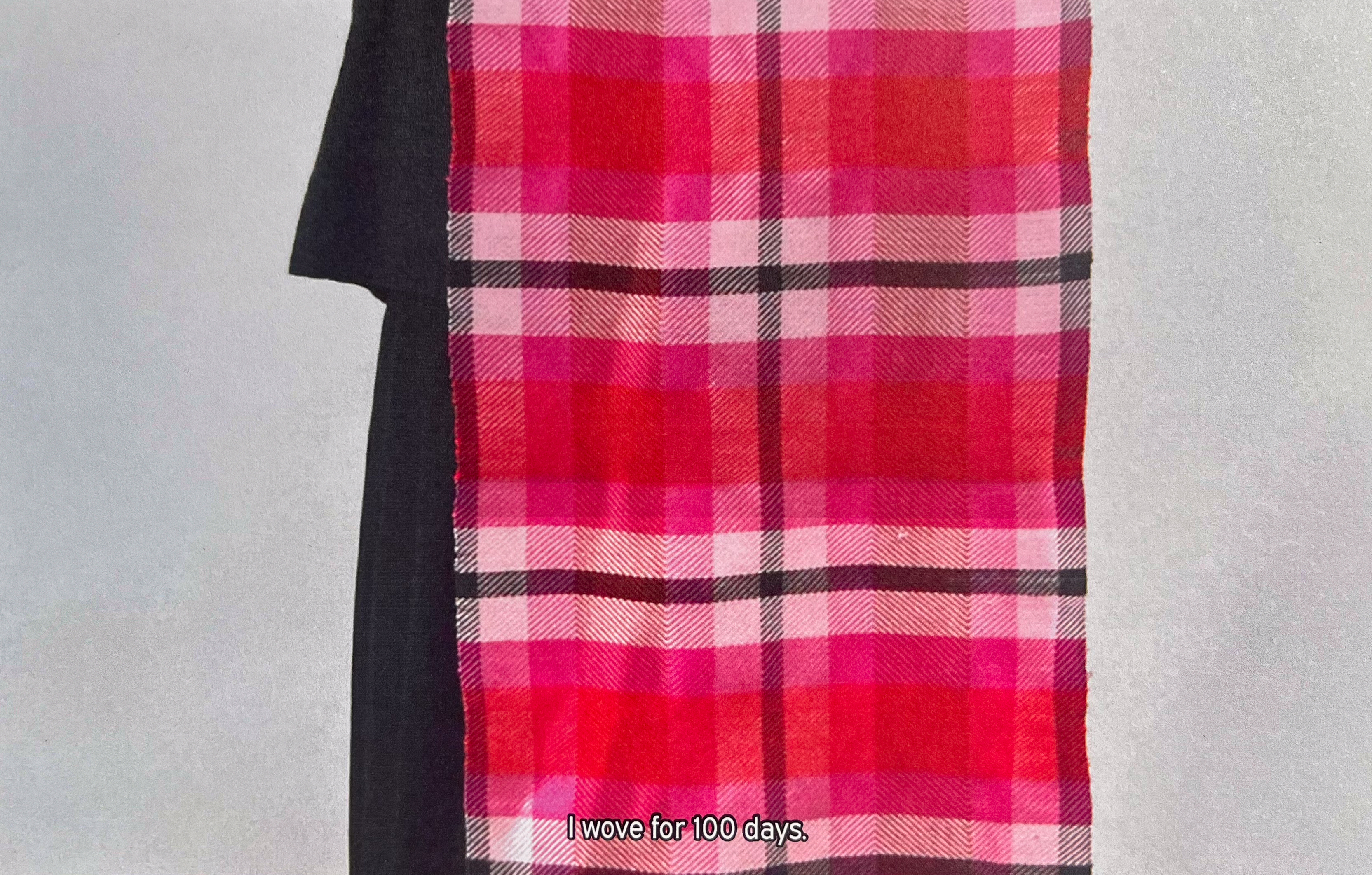
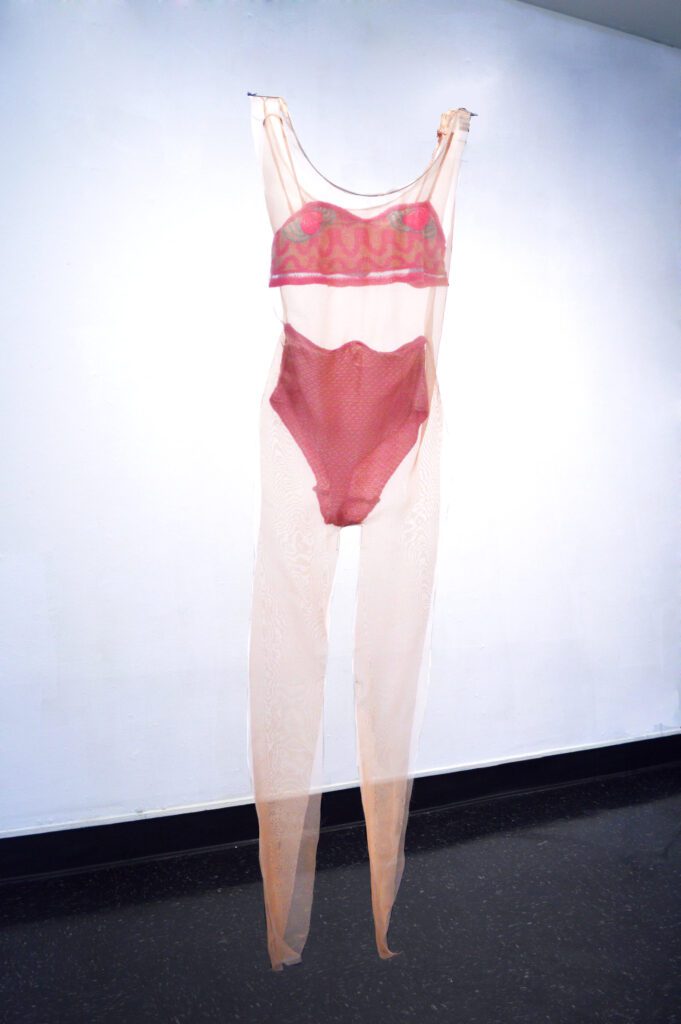
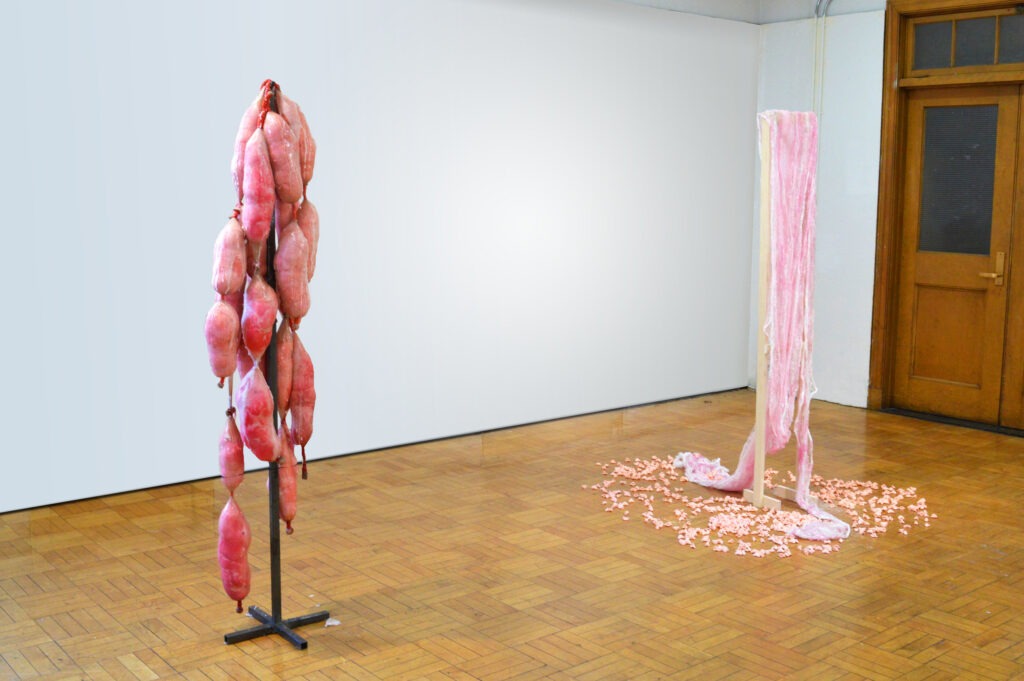
What is your process when beginning a new project? What projects are you working on right now?
In my practice, it’s important for me to pay attention to passing thoughts I have when daydreaming, reflecting, or worrying. I keep lists in the notes app on my phone and collect them until they start to gel and inform what the project is going to be. I do tend to write more than I sketch or draw – I’ll make lists of techniques or materials I think make sense for the project, and notes on what the overarching narrative might be.
Currently, I’m making a series of pieces featuring hand-embroidered text; the writing is about rumination and tension with the self. After making Through The Lotus Gate, I became more interested in writing and am exploring letting it have a place in the work itself, rather than it just being a tool in the background of my process.
You often address the female body in your work. What stories do you aim to share, and for whom?
I make work because I feel compelled to express, untangle, or understand some disturbance that is happening within myself. Living in a female body in the world as it is now can often be the root of many of these disturbances, so much of my work naturally touches upon that subject matter. Ultimately I make art as a way to converse with myself and self-soothe, but it’s definitely rewarding when the viewer can relate to it and maybe gain something.
You describe your work as “an ongoing negotiation between vulnerability and empowerment.” How does this manifest in your practice?
As we all know, being vulnerable can be challenging and scary. I tend to present a certain version of myself – like an avatar – in order to protect myself. Really the negotiation is between two voices in my head; one encouraging me to show up as my authentic one true self, the other telling me that it’s too dangerous and to stay guarded.
I do think I have made some progress and gotten braver, though. The process behind the embroidered pieces I’m currently working on has been about finding the right balance between being vulnerable without feeling the need to reveal everything in order to be seen as valid or legitimate. I definitely have moments of self-doubt, thinking to myself: does anyone care about what I’m saying? Why am I sitting here for hours, embroidering these intimate thoughts stitch by stitch? But even if I am just a totally average, unimportant, insignificant person—can’t that be okay? Somehow that makes me feel like I have permission to do what I’m doing.

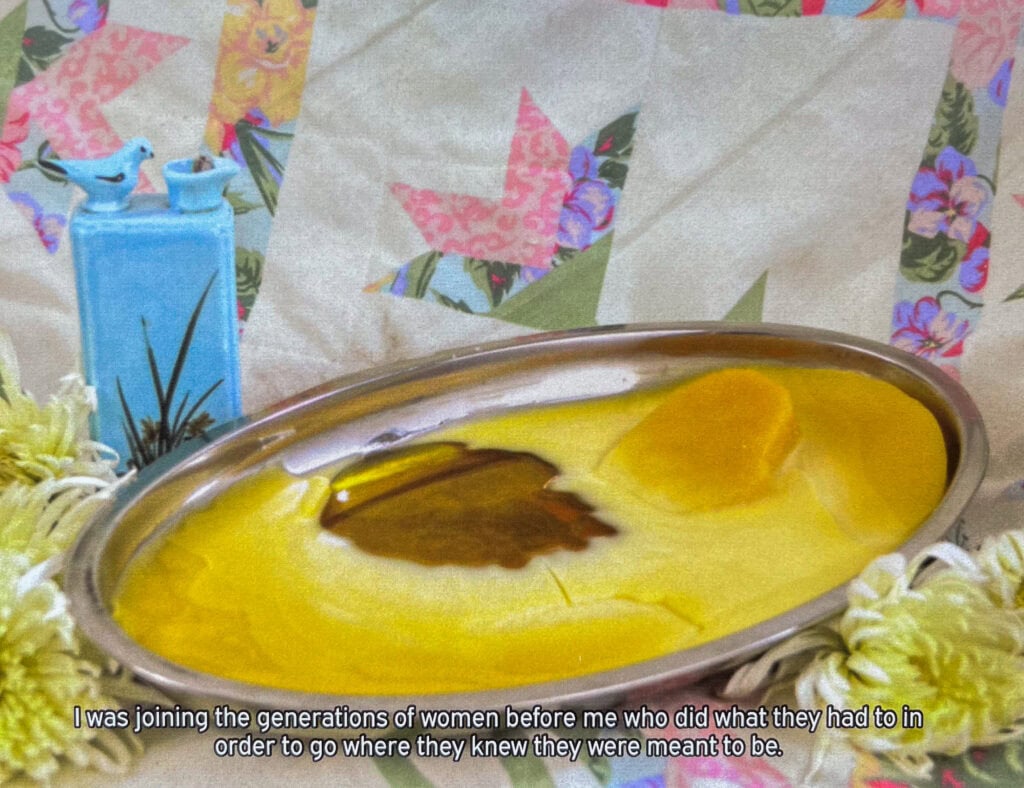
Describe the process of making your artist book, Through the Lotus Gate. Why did you choose this medium?
Making Through the Lotus Gate was an incredible learning experience and an excellent exercise in trusting my intuition despite being somewhat of an anxious planner in daily life.
In November of 2019, I had made my appointment to have foot surgery and it was my first time having such an invasive procedure. I had such a negative relationship with that part of my body for so long, but suddenly I was mourning that it was never going to be the same. A week before the appointment I had the idea to cast my foot in wax as a record of how it used to be, so I did.
Once my friend Julia and I decided we were leaving our corporate design jobs to go backpacking for a month, I melted the wax foot down into a candle. The idea was to burn it every night until all the wax evaporated; at this point, I was ready to let go of the past and looking forward to this next chapter. On the trip, I took photos as documentation and wrote most nights, and squirreled those things away without knowing how exactly they’d go together.
I didn’t really even start making the book until a year after returning from the trip. A book lent itself best to bringing all separate elements of those months together – the wax cast foot, the weaving, the candle, the writing, the photos. The book itself is meant to read like a flip book of film stills with captions – like a movie of what played in my mind during that year. The process of assembling the materials and stringing together all the separate chapters into an overarching narrative also offered a new understanding of that time, particularly some of the ideas explored in the final chapter about feeling like an outsider in my own country.
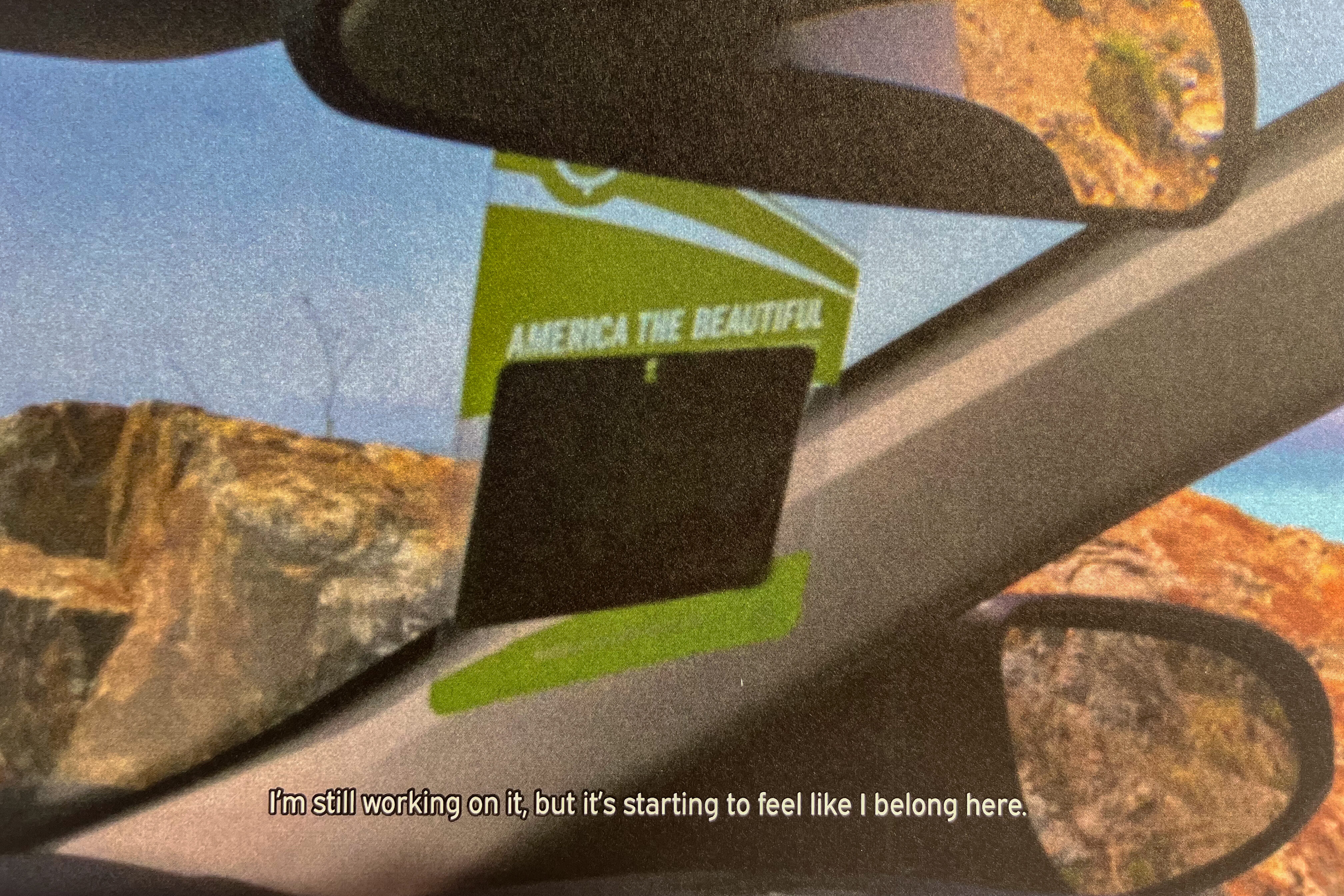
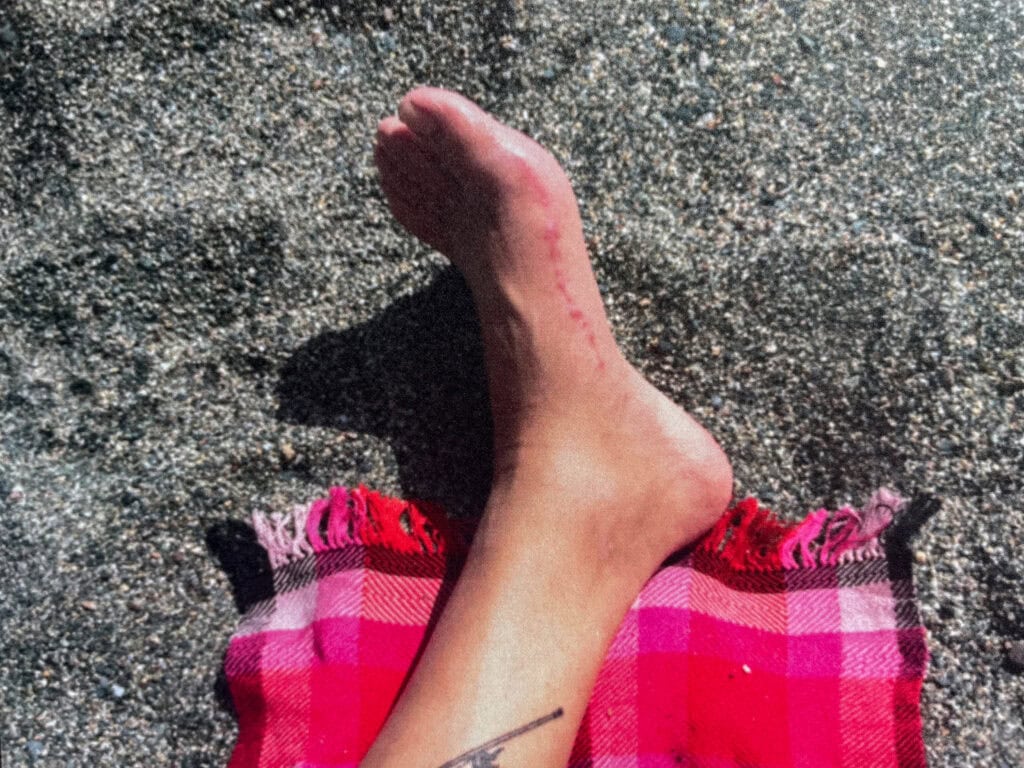
What prompted you to decide to share this story, and what inspired you to choose Tatter as the home for one of your three editions?
For the longest time, I never felt drawn to share my work in a big way. Upon finishing Through The Lotus Gate, I would have been perfectly happy sharing the story with just my close friends. However, with the rise in hate crimes against AAPI in recent years, I began to feel a desire to take more agency in actively fostering a sense of pride in my heritage and journey as a first-generation Asian American. Part of that was challenging myself to be vulnerable by putting Through The Lotus Gate out into the world where I couldn’t control who sees it, or how they’d react.
When I learned about Tatter I immediately thought that it would be a good way to start sharing my work with a broader audience. It feels like a bit of a homecoming; not only did I live in Brooklyn for most of my twenties, but it feels like a safe space being in the company of other makers and lovers of textiles.
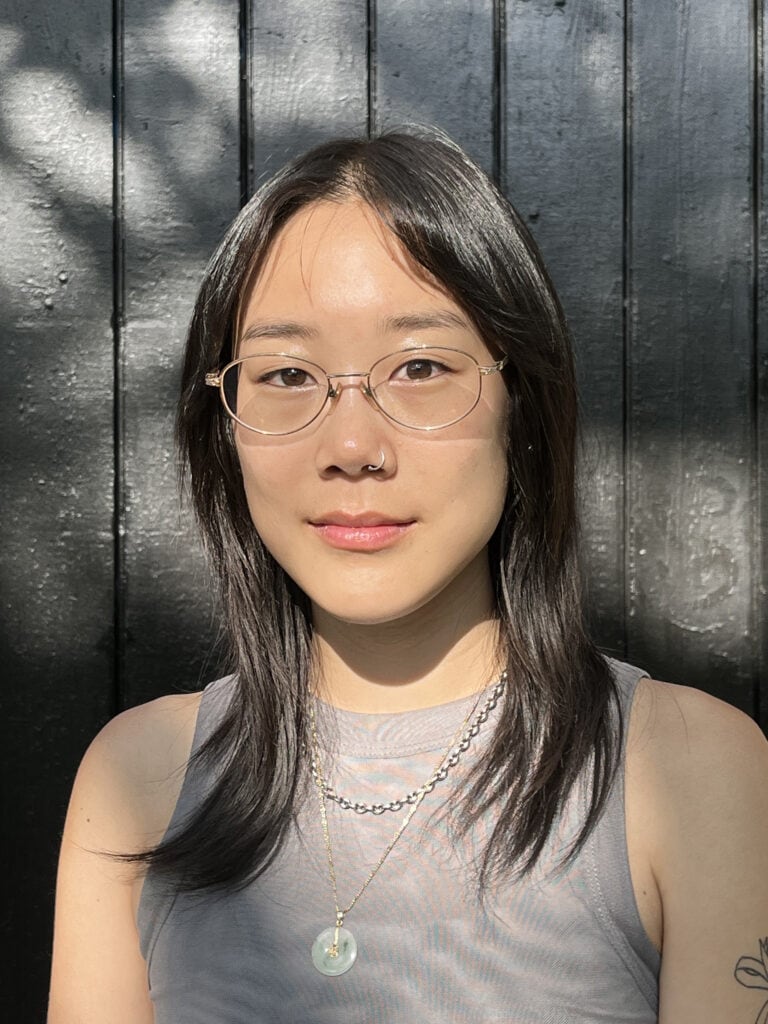
Katie Han is a Chinese American multidisciplinary textile artist and knit technical designer. Her work is an ongoing negotiation between vulnerability and empowerment, and uses humans’ intimate relationship with cloth as a focal point for storytelling. Katie recently relocated to Providence, Rhode Island from Brooklyn, New York. Through The Lotus Gate and other selected works can be seen at www.katiebhan.com
